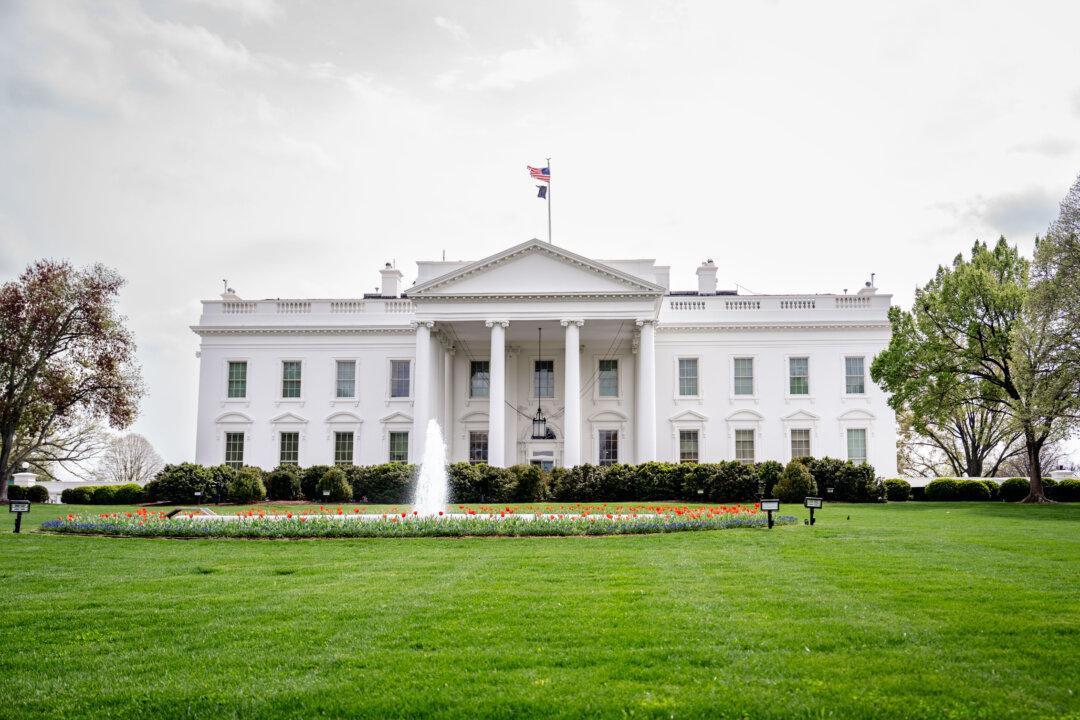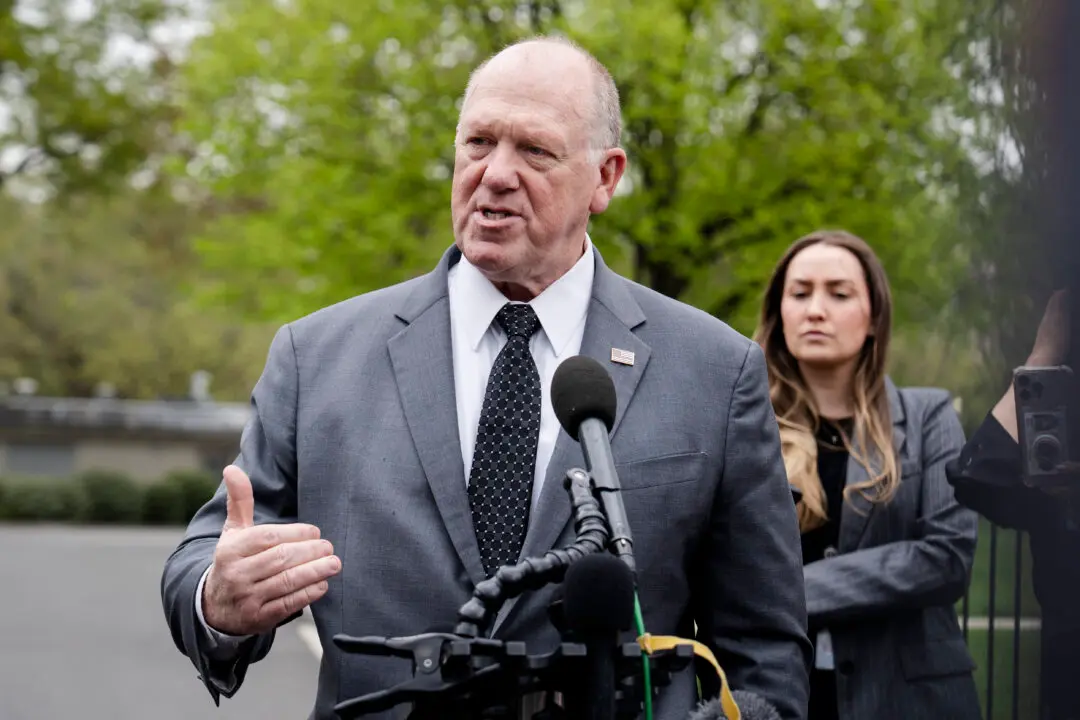Property owners across the state of California have seen their policies dropped by insurance companies because of fire danger, but experts say the state’s regulations are more impactful than the risk posed by natural disasters.
After State Farm and Allstate both declared in May that they'll no longer accept new homeowners’ policies in California, many property owners and renters were left wondering what options they have.
The company is retaining its current policyholders and remains the only one that hasn’t canceled any policies since 2017 for wildfire risk and voiced its commitment to serving the Golden State—the largest insurance market in the world.
“We pledge to work constructively with the [California Department of Insurance] and policymakers to help build market capacity in California,” the company said in the statement. “However, it’s necessary to take these actions now to improve the company’s financial strength. We will continue to evaluate our approach based on changing market conditions.”
At issue are the rising cost of what’s known as reinsurance—policies purchased by insurance companies that allow them to expand their services—and the state’s refusal to include the expense when determining rates.

Some experts describe a faulty process created by the insurance department designed to calculate risk and an antiquated state regulatory system that fails to address the change in wildfire risk that occurred in 2017.
Fires have erupted across the state beginning in October 2017, causing unprecedented destruction and destroying homes and neighborhoods in a matter of hours as high winds fuel flames.
In response to catastrophic fire damage in 2017—totaling $14 billion in losses for the year according to CalFire statistics—insurance companies, in coordination with the state, formed what’s known as the California FAIR Plan, designed to offer last-chance insurance for those with no other options.
The plan is backed by insurers and folds existing carriers into the program.
Rates are higher for less coverage, according to homeowners, and experts say the plan also leaves insurers exposed to incalculable amounts of risk, as they’re legally required to participate in and fund claims, based on their current market share, filed by homeowners in the program.
“Risk that they would not have been able to take in the front door nonetheless can come back to them through the back door with an involuntary assessment by the FAIR Plan, of the insurance companies, to make up the money that the plan lacks,” Rex Frazier, president of the Personal Insurance Federation of California—a group representing the insurance industry and focused on improving availability and affordability of premiums—told The Epoch Times.
Mr. Frazier also said the headlines declaring that insurance companies fleeing the state just aren’t true.
“Even if companies wanted to flee California, there’s no legal way for them to do so,” he said. “Because they are the ultimate guarantor of all fire insurance claims paid by the FAIR Plan.”

With the number of people enrolled in a plan nearly doubling from 2018 to 2021 to approximately 370,000 and the Department of Insurance planning to expand the program, Mr. Frazier said the historic growth is problematic, as claims that insurers are subject to won’t be reimbursed and can’t be absorbed in pricing in products they have outside the program.
“This comes straight out of their capital that is not included in their rate structure, and so we’re starting to approach a worrisome time,” he said.
Experts also suggested that insurers are incentivized to reduce business in the state to minimize their exposure to the plan.
Wildfire risk may have accelerated the situation, as claims have escalated significantly since 2017, but those knowledgeable say it isn’t just fires that are concerning insurers.
“When State Farm said they won’t take new customers, it’s not in fire areas, it’s across the state,” Mr. Frazier said. “That tells you it’s not a fire issue.”
Rising Reinsurance Costs Affecting Profitability
The purchase of reinsurance allows companies to sell policies on their books—spreading potential liability and freeing operating capital—and thus expand their offerings to more property owners, according to industry experts.And without it, insurers would lack the capital needed to serve California property owners, according to experts.
“Reinsurance is so supercritical that I cannot understate its role,” Mr. Frazier said. “Without reinsurance, companies would probably have enough capital to serve 65 to 70 percent of those in need.”
Barring a change in the rate approval process, he said insurers are left with no choice but to limit their business, and he warned that this will lead to fewer policies being written in the state.
Proposition 103 Limiting Options
The California Department of Insurance is tasked with regulating the industry, and the agency is guided by laws created by Proposition 103—passed by voters in 1988 in response to high automobile insurance rates.Industry experts point to the proposition as a primary factor leading to the loss of insurance companies willing to write homeowner’s and renter’s policies, as the legislation created a process of approval for rate increases or decreases proposed by insurers.
Proponents of the strict regulations imposed by the proposition are adamantly opposed to changes, while critics say the law is limiting competition in the insurance industry and thus adversely affecting homeowners and renters.
“To say something passed by the voters in 1988 doesn’t need to be reevaluated, we’re probably missing the boat,” Steve Little, vice president of the West Los Angeles Chamber of Commerce, told The Epoch Times.
One problem experts point to is the timeline involved with receiving approval for rate increases, with simple applications taking six to nine months to resolve.
“By the time that rate goes into effect, it’s an outdated rate,” Mr. Little said.
The law also allows consumers to intervene if the proposed rate increase is higher than 6.9 percent, which can take years and exposes insurance companies to potentially paying those questioning the hike’s legal fees and expenses.
Inflation Fueling the Insurance Debacle
Skyrocketing costs for construction materials following the COVID-19 pandemic have greatly impacted insurers’ bottom lines, as claim payouts ballooned along with the cost of replacement materials, according to experts.“You have this perfect storm that started in 2020, when the Department of Insurance said they weren’t going to allow rate increases because of COVID,” Mr. Little said.
With claims increasing and no recourse to raise rates, many insurers were left in an unsustainable position.
New Analytical Tools Needed
Further complicating matters are the methods by which the Department of Insurance requires companies to calculate risk, according to experts.Current models require firms to assess the prior 20 years and base their rates on those estimates. With wildfire risk rated as practically insignificant prior to 2017, experts say the model is flawed and suggest using only newer data to accurately assess the situation.
Such is a focus for the state’s insurance department, although opinions vary on how best to proceed.
“Historic losses do not fully account for growing wildfire risks, or risk mitigation measures taken by communities,” Michael Peterson, a deputy commissioner at the California Insurance Department, said during a hearing in May discussing the dilemma.
“Announcements such as State Farm’s can create uncertainty and anxiety among consumers looking for homeowners’ insurance,” the statement reads. “While the California Department of Insurance cannot legally control a company’s business decision, we can help Californians navigate their options.”
While making no mention of industry demands to factor reinsurance costs into rates, the commissioner’s statement reiterated the department’s commitment to managing the industry.
Consumers Caught in Costly Predicament
Stuck in the middle are property owners faced with cost-prohibitive FAIR Plan options and some properties that have become essentially uninsurable.“We’re paying nearly $20,000 a year for insurance, and that doesn’t include our cabin or shop on the property,” Jennifer Walsh of Sonoma County told The Epoch Times.
Her home, which she shares with her husband in the eastern unincorporated part of the county, was deemed a wildfire risk by her insurance company, and she received a letter in 2022 saying her policy wouldn’t be renewed.
“Now we’re concerned about whether or not the price will keep increasing, as we can barely afford it as it is,” Ms. Walsh said. “All of our neighbors are in the same position, and we’re all worried about our ability to sell the properties in the future.”





